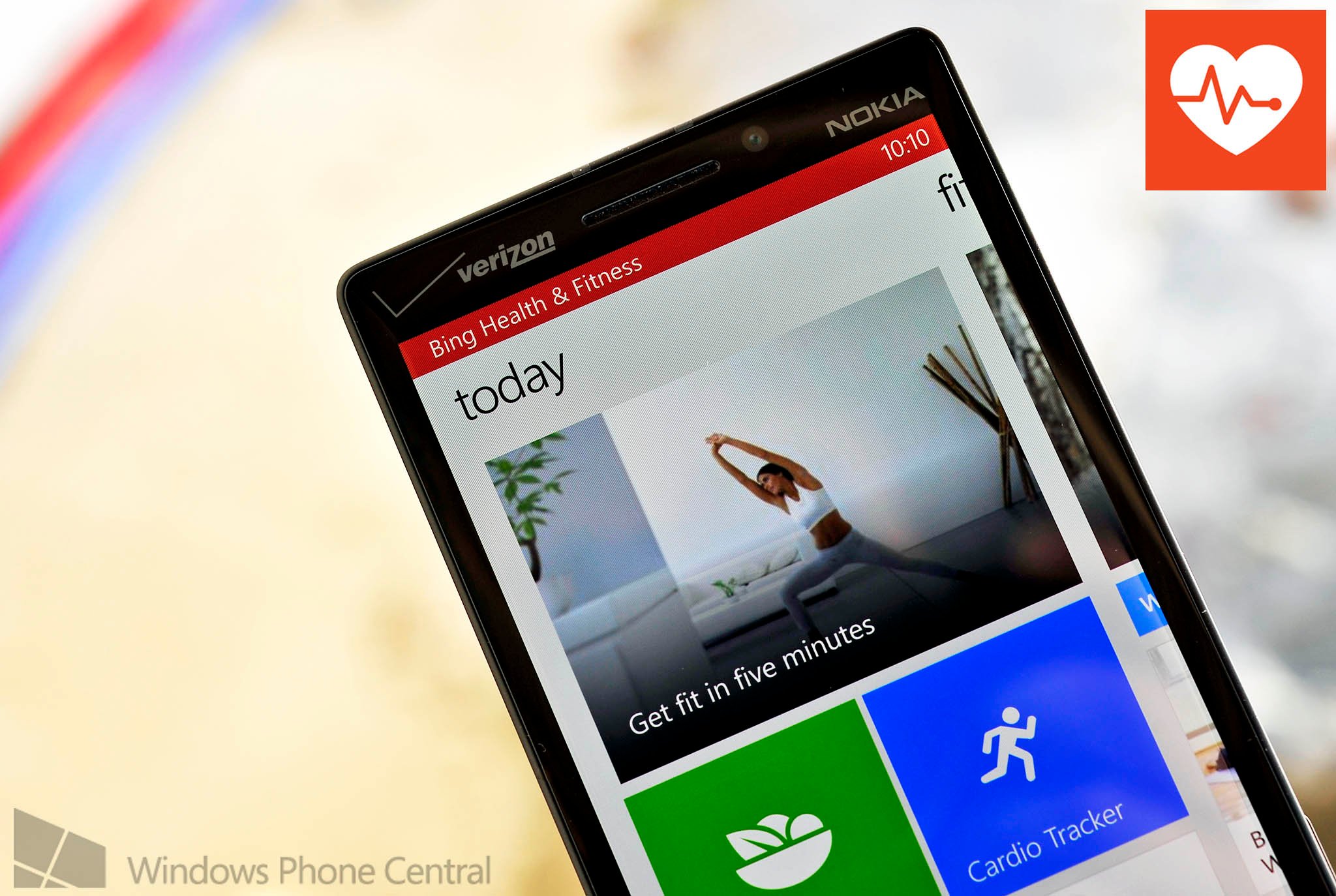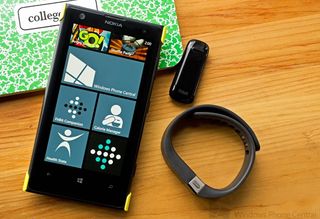Nokia's SensorCore opens up Windows Phone to health and fitness apps galore

Nokia announced not only new hardware at Build this year, but also SensorCore for developers. This Software Development Kit enables developers to utilize sensors on a Lumia Windows Phone without sacrificing battery life a whole deal – perfect for health and fitness apps or services that rely on sensors for data.
How it all works is by using a new software solution to run at low power levels, but is also able to provide the data applications require when in use. The SDK and new software from Nokia essentially acts as a buffer of somewhat between the sensors and installed apps. While this won't mean much to consumers, it's progress for developers.
There's a shortage of official support from vendors of fitness products (Fitbit to name but one), but this SDK will hopefully look to address issues with actual tracking apps, alongside improvements in Windows Phone such as Bluetooth 4.0 LE. It will aid said companies to create solutions with better power management. The low power capabilities of SensorCore will be available on the Lumia 1520, Lumia Icon and Lumia 930. Affordable hardware will also be included; the Lumia 630 and Lumia 635.

Much like Bing Health and Fitness, the Windows Phone will be able to record steps and save this information without utilizing much power. That's just a single example, which can open up for new possibilities.
"For example, your phone could automatically calculate how many calories you burn when doing your usual jog on Monday morning or when window shopping in a local mall. Your phone will be able to show you how much time you have spent at your workplace during the week."
When will this be available for developers to download? Nokia states the SDK will be released "soon".
Source: Nokia
Get the Windows Central Newsletter
All the latest news, reviews, and guides for Windows and Xbox diehards.

Rich Edmonds was formerly a Senior Editor of PC hardware at Windows Central, covering everything related to PC components and NAS. He's been involved in technology for more than a decade and knows a thing or two about the magic inside a PC chassis. You can follow him on Twitter at @RichEdmonds.